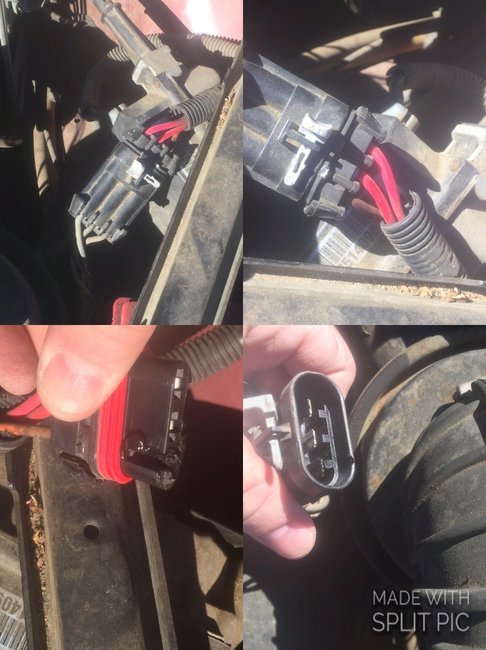What you appear to have is just a common overheated connector terminal. The wire for that terminal is likely a fuse link wire. Dull orange is one of the common colors that denote its current rating.
A little resistance develops between the mating terminals. Current flow through that resistance generates heat, and that heat causes more resistance to develop, until eventually it gets hot enough to melt the plastic housing.
The preferred way to fix this is to install new terminals on the ends of the wires, and poke them into new connectors. You can find almost any sensor connector in large books at the auto parts stores. They might have a listing for this one too.
The next alternative is to snip off a good used connector at a salvage yard, and splice the wires to your harnesses. How much of a fusible link wire you end up with is not important. All that is important is a piece of that wire is there. It is smaller in diameter to make it the weal link in the chain, and its insulation is designed to not burn or melt.
For the fastest repair, look at whether that connector is needed. Many are only needed to allow the vehicle to be assembled from parts, on the assembly line, but after that they will not be disconnected. If that is the case, the best repair to insure this does not happen again is to cut off the two wires, one on each side of the connector, splice and solder them together, then seal the splice with heat-shrink tubing. Use heat-shrink tubing with hot-melt glue inside. That will seal out moisture so the connection does not corrode.
Monday, November 27th, 2017 AT 4:04 PM



